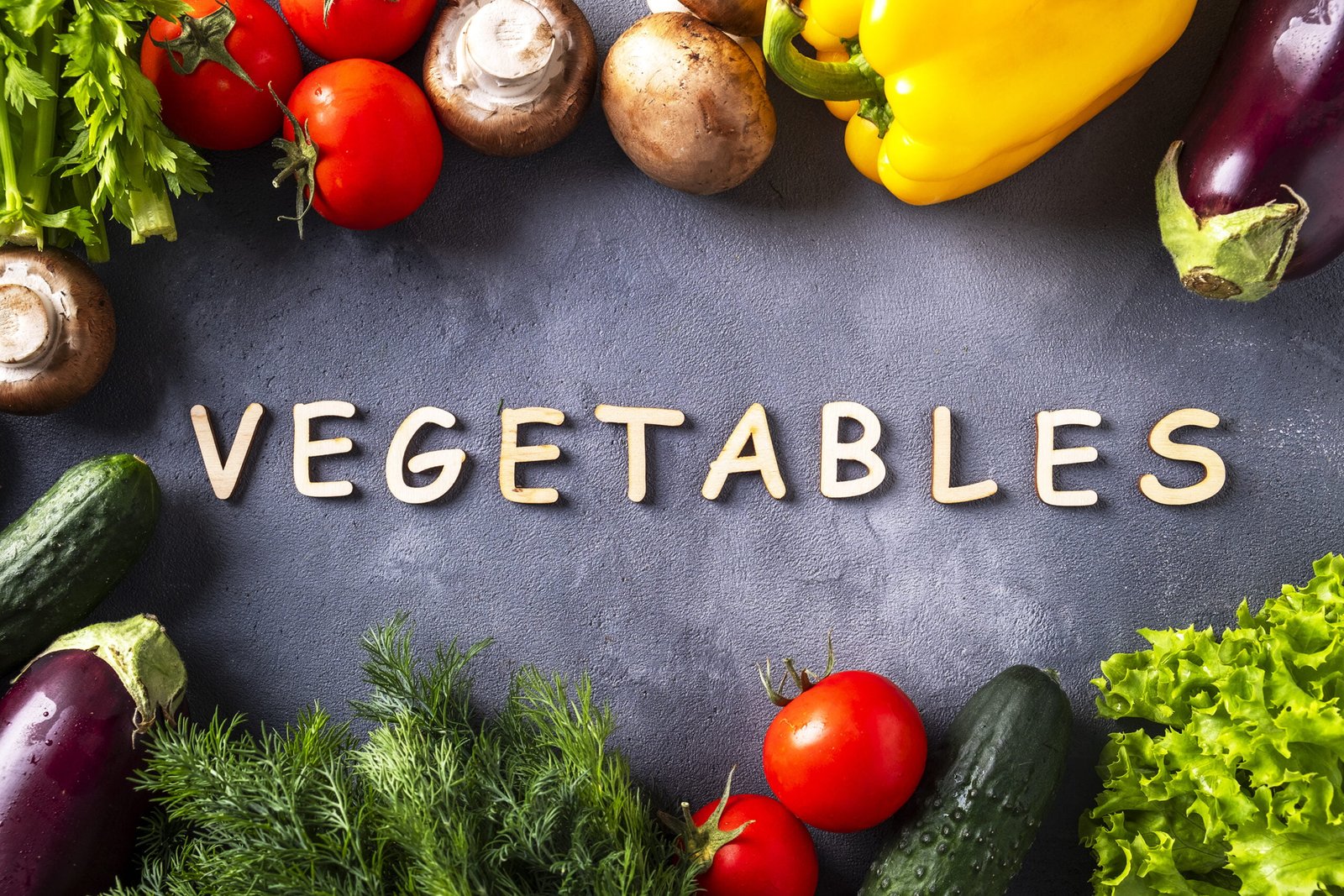Learning vegetables names is an important part of early childhood education. Kids often come across vegetables in daily life, whether on the dining table or at the market. Teaching these names helps children grow their vocabulary and understand healthy eating. This blog is a fun and easy way to learn vegetable names in English with helpful examples. It is perfect for young learners, parents, and teachers looking for a creative approach to early learning. Encouraging the habit of reading through such engaging topics also supports better language skills and knowledge building.
Why Should Kids Learn Vegetable Names Early?
It’s important to teach kids vegetables name list for kids early because it helps them build a connection with healthy food. When children know the names of vegetables, they are more likely to try and eat them. It also improves their language and observation skills. Introducing common vegetables in English at a young age lays a strong foundation for lifelong learning.
List of Common Vegetables Names in English
Here is a list of english names of vegetables that kids can learn easily. These are commonly found in households and are perfect for daily learning:
- Carrot
- Potato
- Tomato
- Onion
- Spinach
- Cabbage
- Cauliflower
- Brinjal (Eggplant)
- Capsicum (Bell Pepper)
- Beetroot
- Peas
- Cucumber
- Pumpkin
- Radish
- Broccoli
These vegetables are simple, easy to pronounce, and can be taught using pictures and examples from the kitchen or market. Knowing these names helps build a strong vegetable vocabulary for children.
Vegetables Names with Pictures and Examples
Children understand better with the help of visuals. That’s why using learn vegetables with pictures is one of the most effective ways to teach them. Below are categories with examples and simple sentences.
Leafy Vegetables
Leafy vegetables are green and full of vitamins. They are soft, light, and easy to cook. Kids can see these vegetables often in meals or gardens.
- Spinach: Spinach is green and leafy. It makes you strong.
- Lettuce: Lettuce is used in salads. It is crunchy and fresh.
Leafy greens are a great start for building a vegetable chart for kids that shows healthy options.
Root Vegetables
These vegetables grow under the ground. They are rich in energy and important for children’s growth.
- Carrot: A carrot is orange. Rabbits love carrots.
- Beetroot: Beetroot is red and sweet. It makes your tongue pink.
- Potato: Potato is used in many dishes. Kids love potato fries!
Learning vegetables names like these helps kids relate to what they see at home.
Fruiting Vegetables
These vegetables grow from flowers and usually contain seeds. They are colourful and full of flavor.
- Tomato: A tomato is red and juicy. It is used in ketchup.
- Brinjal: Brinjal is purple. It is also called eggplant.
- Capsicum: Capsicum comes in green, red, and yellow colours.
These fruits-vegetables are easy to spot and fun to add to a vegetables name list for kids.
Stem and Flower Vegetables
Some vegetables come from the stem or flower part of the plant. They are tasty and good for health.
- Cauliflower: Cauliflower is white. It looks like a flower.
- Broccoli: Broccoli is green. It looks like a mini tree.
These are great additions when you want to expand your vegetable vocabulary for children.
Fun Activities to Teach Vegetables Names to Kids
Kids learn best through fun and play. That’s why activities are a great way to teach vegetables names in English. Here are a few ideas:
- Flashcards: Show pictures and ask kids to name the vegetable.
- Coloring Pages: Let kids colour their favourite vegetables.
- Matching Games: Match the name to the vegetable picture.
- Vegetable Hunt: Spot vegetables at home or while shopping.
These games support better memory and make learning learn vegetables with pictures a joyful experience.
Tips for Parents and Teachers
Parents and teachers play a key role in helping kids learn english names of vegetables. Here are a few helpful tips:
- Use vegetables during meals to talk about their names and colours.
- Include short stories or rhymes with vegetable names.
- Encourage kids to help in the kitchen with cleaning or sorting vegetables.
- Create a vegetable chart with real pictures.
Using these tips consistently builds confidence and a strong vegetables name list for kids.
Conclusion
Teaching vegetables names in English is a simple yet powerful way to boost a child’s learning journey. It develops language, improves memory, and builds healthy eating habits. With examples, pictures, and fun activities, kids will not only remember vegetable names but also enjoy learning them. Start today by making your own vegetable chart for kids at home or in the classroom.
Check: Montessori schools in Bangalore
FAQs (Frequently Asked Questions)
Carrot, tomato, potato, and peas are some of the easiest vegetables for kids to learn because they are common and simple to say.
Use colourful flashcards, drawing games, and vegetable-themed songs to make learning fun and engaging for young learners.
It helps improve vocabulary, encourages healthy eating, and boosts a child’s recognition skills.
Yes, many educational apps like ABC Kids and FirstCry Intelli offer vegetable name games and flashcards.
Local food means that you get tastier, fresher and more nutrient filled veggies at your doorstep without the presence of chemicals.



